The Chardham Yatra, also known as the journey to the four holy shrines, holds immense significance for Hindus around the world. It is believed that undertaking this pilgrimage cleanses the soul, washes away sins, and grants salvation. The journey takes devotees through four sacred destinations in the Himalayan state of Uttarakhand, India. In this article, we will explore the enchanting places to visit during the Chardham Yatra.
Introduction: The significance of Chardham Yatra
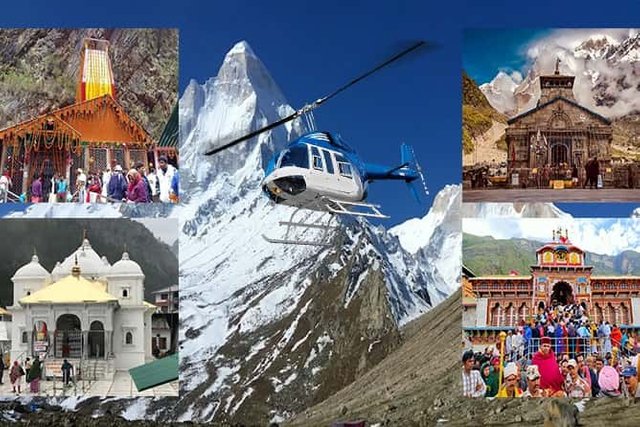
The Chardham Yatra encompasses the four major pilgrimage sites of Yamunotri, Gangotri, Kedarnath, and Badrinath. These revered shrines hold deep religious and mythological importance in Hinduism. Embarking on this spiritual journey is considered a pathway to attaining spiritual enlightenment and liberation from the cycle of birth and death.
Yamunotri: The sacred abode of the Goddess Yamuna
Located at an elevation of 3,293 meters in the Garhwal Himalayas, Yamunotri is the first stop on the Chardham Yatra. It is believed to be the birthplace of the holy river Yamuna, and devotees take a dip in its icy waters to cleanse themselves of sins. The main attraction is the Yamunotri Temple, dedicated to Goddess Yamuna, where pilgrims offer prayers and seek blessings.
Gangotri: The origin of the holy river Ganga
Situated at an altitude of 3,100 meters, Gangotri is the second destination of the Chardham Yatra. It is here that the mighty river Ganga originates from the Gangotri Glacier. The Gangotri Temple, built in the 18th century, is a significant pilgrimage site. Devotees offer prayers to Goddess Ganga and witness the captivating Aarti ceremony performed by the temple priests.
Kedarnath: The abode of Lord Shiva
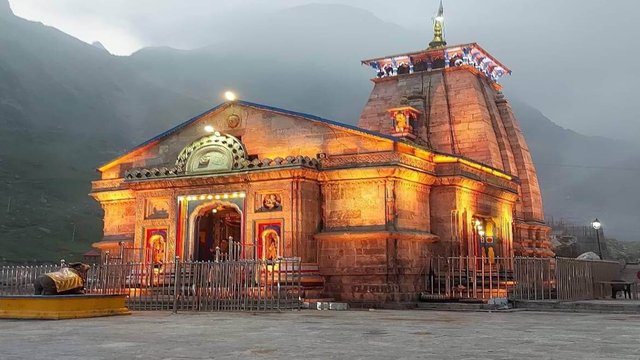
Nestled in the Rudraprayag district, Kedarnath is the third stop on the Chardham Yatra. It is one of the most famous temples of Uttarakhand, dedicated to Lord Shiva. Located at an altitude of 3,583 meters, this ancient temple is surrounded by majestic snow-clad peaks. Devotees undertake a challenging trek to seek the blessings of Lord Shiva and experience the divine tranquility of the Himalayas.
Badrinath: The abode of Lord Vishnu
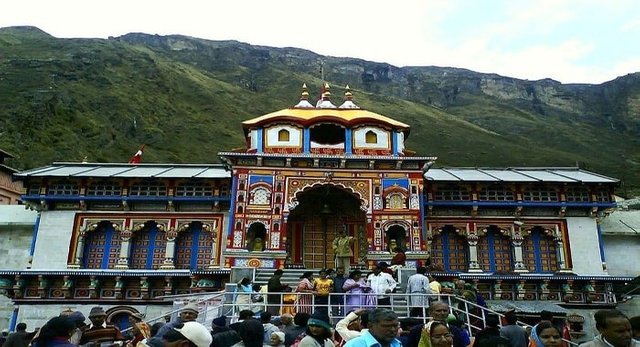
The final destination of the Chardham Yatra is Badrinath, located in the Chamoli district. This revered pilgrimage site is dedicated to Lord Vishnu and is perched at an elevation of 3,133 meters. The Badrinath Temple, with its striking architecture and spiritual aura, attracts thousands of devotees each year. Pilgrims offer prayers to Lord Vishnu and seek salvation in the divine presence of the deity. The nearby Tapt Kund, a natural hot water spring, is believed to have medicinal properties and is frequented by visitors for a rejuvenating bath.
Rishikesh: The gateway to the Chardham Yatra
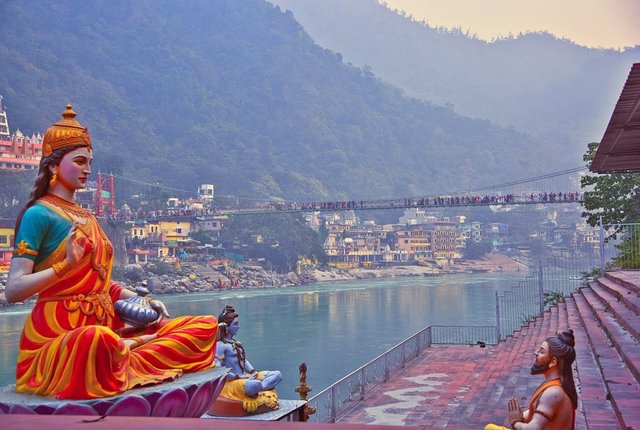
Situated on the banks of the holy river Ganges, Rishikesh serves as the gateway to the Chardham Yatra. This vibrant town is renowned for its spiritual ambiance, yoga ashrams, and ancient temples. Visitors can indulge in meditation, yoga retreats, and seek solace in the peaceful surroundings. The iconic Laxman Jhula and Ram Jhula, suspension bridges over the Ganges, offer breathtaking views of the river and the surrounding hills.
Haridwar: The gateway to salvation
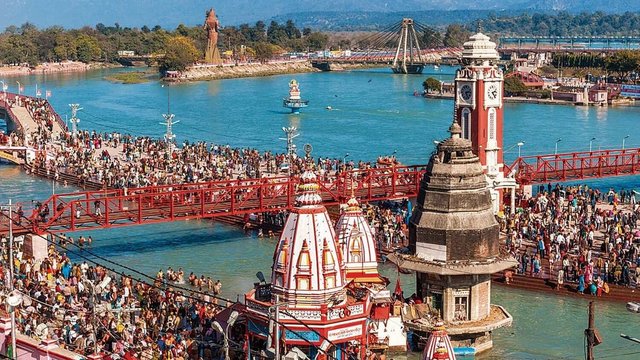
Haridwar, another significant town on the Chardham Yatra route, is considered the gateway to salvation. It is here that the Ganges river leaves the mountains and enters the plains. The evening Ganga Aarti ceremony, performed at Har Ki Pauri ghat, is a mesmerizing spectacle that attracts countless devotees and tourists. Taking a dip in the sacred waters of the Ganges during the Kumbh Mela, held every 12 years, is believed to cleanse one's soul.
Hemkund Sahib: The revered Sikh pilgrimage site
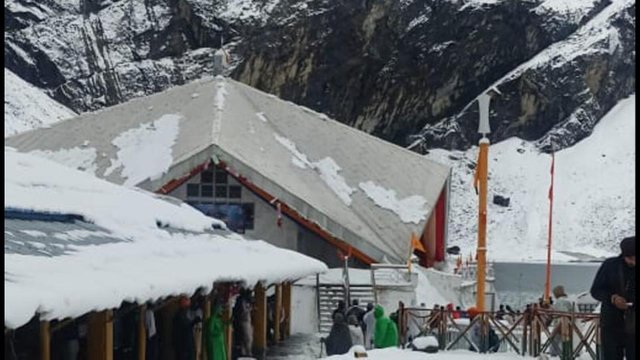
Hemkund Sahib, located in the Chamoli district, holds immense importance for Sikhs. Situated at an altitude of 4,632 meters, this gurudwara (Sikh temple) is surrounded by snow-capped peaks and a picturesque lake. Devotees undertake a challenging trek to reach Hemkund Sahib and seek blessings in this serene and spiritually uplifting environment.
Valley of Flowers: A paradise for nature enthusiasts
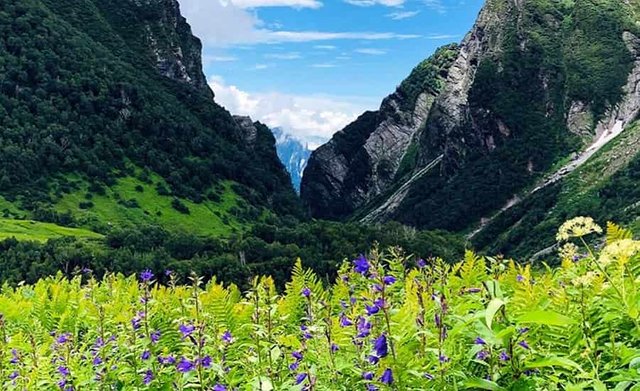
The Valley of Flowers, a UNESCO World Heritage Site, is a hidden gem on the Chardham Yatra route. Nestled amidst the Himalayas, this enchanting valley blooms with a vibrant display of alpine flowers during the summer months. It is a paradise for nature enthusiasts, trekkers, and botanists. The valley's breathtaking vistas, diverse flora, and serene ambiance make it a must-visit destination for those seeking a connection with nature.
Gaumukh: The source of the Ganges
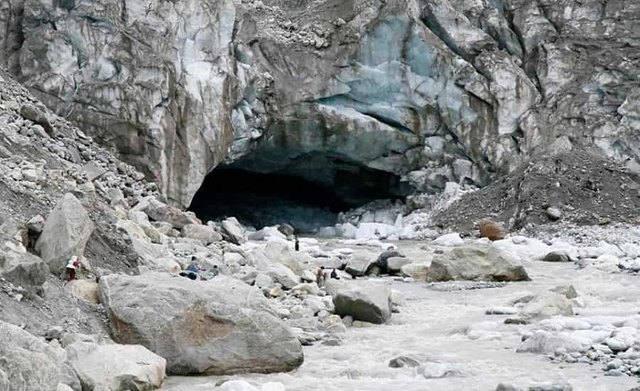
Gaumukh, meaning "cow's mouth," is the snout of the Gangotri Glacier and the source of the sacred Ganges river. It is a revered site where devotees trek to witness the birthplace of the holy river. The glacier resembles a cow's mouth, from which the Ganges emerges, and the sight is both awe-inspiring and humbling. Pilgrims gather here to offer prayers and experience the purity of the glacier meltwater.
Mana Village: The last village before the Indo-Tibetan border
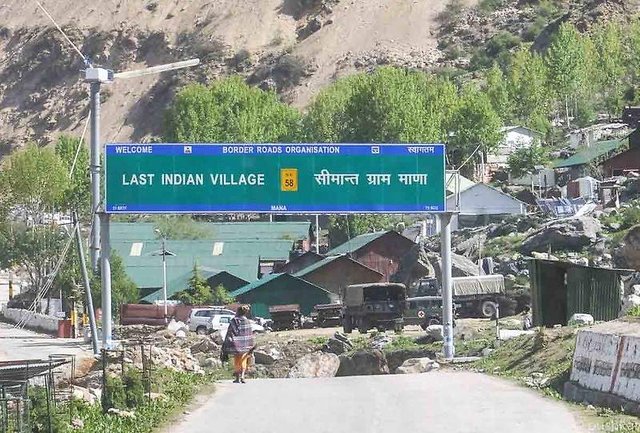
Mana Village holds immense cultural and geographical significance as the last inhabited village before the Indo-Tibetan border. This quaint village, located near Badrinath, offers a glimpse into the traditional lifestyle of the local people. Visitors can explore the ancient cave temples, visit the Vyas Gufa (cave) where the epic Mahabharata is said to have been written, and witness the breathtaking natural beauty of the surroundings.
Auli: A picturesque skiing destination
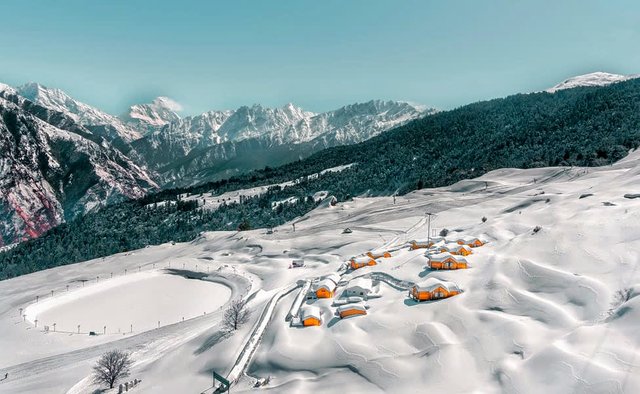
Auli, a scenic hill station, is known for its pristine snow-capped slopes and is a popular skiing destination. Located in the Chamoli district, it offers thrilling skiing experiences for both beginners and experienced skiers. The panoramic views of the Himalayan peaks from Auli are mesmerizing, and the serene atmosphere makes it an ideal retreat for nature lovers and adventure enthusiasts alike. Whether you're gliding down the slopes on skis or simply enjoying the breathtaking scenery, Auli promises an unforgettable experience.
Joshimath: The winter seat of Lord Badrinath

Joshimath, also known as Jyotirmath, serves as the winter seat of Lord Badrinath when the temple at Badrinath remains inaccessible due to heavy snowfall. It is an important pilgrimage site and a hub for trekkers heading to nearby destinations. The Narsimha Temple and Shankaracharya Math are prominent attractions in Joshimath, offering spiritual solace and a glimpse into the rich cultural heritage of the region.
Rudraprayag: The confluence of rivers Alaknanda and Mandakini
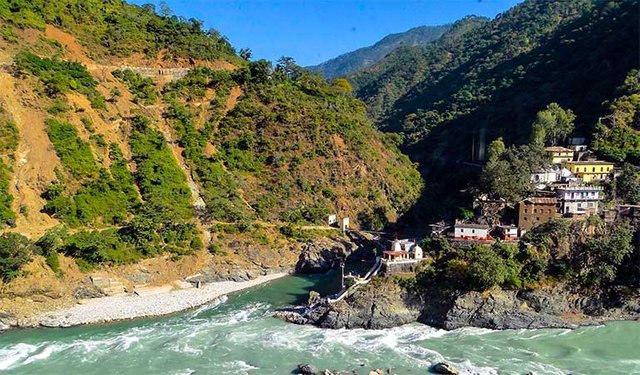
Rudraprayag is a picturesque town situated at the confluence of the rivers Alaknanda and Mandakini. It holds immense religious significance as it is believed to be the place where Lord Shiva performed the Tandava, a cosmic dance. The town offers breathtaking views of the rivers and surrounding mountains, making it a perfect spot for nature lovers and those seeking tranquility amidst the divine beauty of nature.
Conclusion
The Chardham Yatra is a sacred pilgrimage that takes devotees on a transformative journey through the breathtaking landscapes of Uttarakhand. From the sacred shrines of Yamunotri, Gangotri, Kedarnath, and Badrinath to the serene towns of Rishikesh and Haridwar, each destination offers a unique spiritual experience. The journey not only purifies the soul but also provides an opportunity to immerse oneself in the awe-inspiring beauty of the Himalayas.
Embarking on the Chardham Yatra is a deeply enriching and rewarding experience, allowing devotees to connect with their spiritual roots and find inner peace. Whether it's seeking the blessings of the deities, exploring ancient temples, trekking through scenic trails, or immersing oneself in the serenity of nature, the Chardham Yatra offers a holistic experience that rejuvenates the mind, body, and soul.
FAQs (Frequently Asked Questions)
Is the Chardham Yatra suitable for people of all ages?
Yes, the Chardham Yatra is suitable for people of all ages. However, it is important to consider the physical fitness and health conditions of individuals before undertaking the pilgrimage. It is advisable to consult a doctor and make necessary preparations beforehand.
What is the best time to undertake the Chardham Yatra?
The best time to undertake the Chardham Yatra is during the summer months, from May to June, and then from September to October. The weather is pleasant, and the routes are accessible during this time.
Are there accommodation options available during the Chardham Yatra?
Yes, there are numerous accommodation options available along the Chardham Yatra route, ranging from guesthouses and ashrams to hotels and campsites. It is advisable to make prior bookings, especially during peak seasons, to ensure a comfortable stay.
Are there any restrictions or guidelines to be followed during the Chardham Yatra?
Yes, there are certain guidelines and restrictions to be followed during the Chardham Yatra. It is important to respect the religious sentiments, maintain cleanliness, and adhere to the rules and regulations set by the authorities. Additionally, it is advisable to carry necessary identification documents and follow safety protocols while trekking or participating in adventure activities.
Can I undertake the Chardham Yatra without a guide or assistance
While it is possible to undertake the Chardham Yatra without a guide or assistance, it is recommended, especially for first-time visitors, to seek the help of experienced guides or travel agencies. They can provide valuable insights, ensure a smooth journey, and assist with logistics, accommodation, and transportation.
Are there any other attractions or activities near the Chardham Yatra route?
Yes, there are several other attractions and activities near the Chardham Yatra route. These include visiting the hot springs of Yamunotri, exploring the ancient caves of Badrinath, indulging in river rafting in Rishikesh, and experiencing the spiritual ambiance of Haridwar. The region is also known for its scenic trekking trails, wildlife sanctuaries, and opportunities for meditation and yoga retreats.
Is the Chardham Yatra open throughout the year?
No, the Chardham Yatra is not open throughout the year. The temples and the entire route remain accessible only during specific months, typically from April/May to October/November, depending on weather conditions and the onset of winter. It is important to check the official announcements and plan the visit accordingly.
What should I carry during the Chardham Yatra?
It is advisable to carry essential items such as comfortable clothing, sturdy shoes, rain gear, sunscreen, insect repellent, a first-aid kit, personal medications, and sufficient cash. It is also recommended to carry a valid identification document and a copy of the Chardham Yatra permit, if applicable.
Is photography allowed during the Chardham Yatra?
Photography is generally allowed during the Chardham Yatra, but it is important to respect the rules and guidelines set by the temple authorities and local communities. Some areas may have restrictions on photography, especially inside the temple premises. It is advisable to seek permission and be sensitive to the sanctity and privacy of the religious sites.
Are there any medical facilities available along the Chardham Yatra route?
Yes, there are medical facilities available along the Chardham Yatra route. Many towns and villages have basic healthcare centers and hospitals. It is advisable to carry essential medications and consult a doctor before the journey, especially if you have any pre-existing medical conditions.
In conclusion, the Chardham Yatra offers a transformative journey through sacred shrines, breathtaking landscapes, and spiritual serenity. Each destination along the route holds immense significance and provides a unique experience for pilgrims and travelers. From seeking the blessings of deities to immersing in the beauty of nature, the Chardham Yatra is a pilgrimage that touches the heart and rejuvenates the soul. Plan your visit, prepare well, and embark on this remarkable journey to explore the divine wonders of the Chardham Yatra.